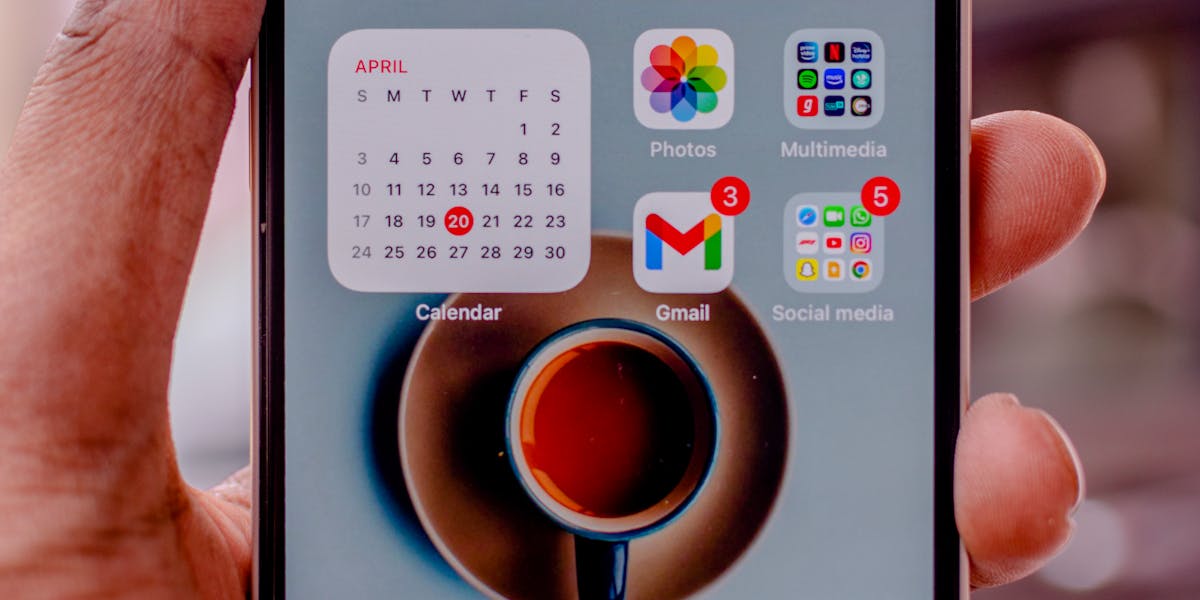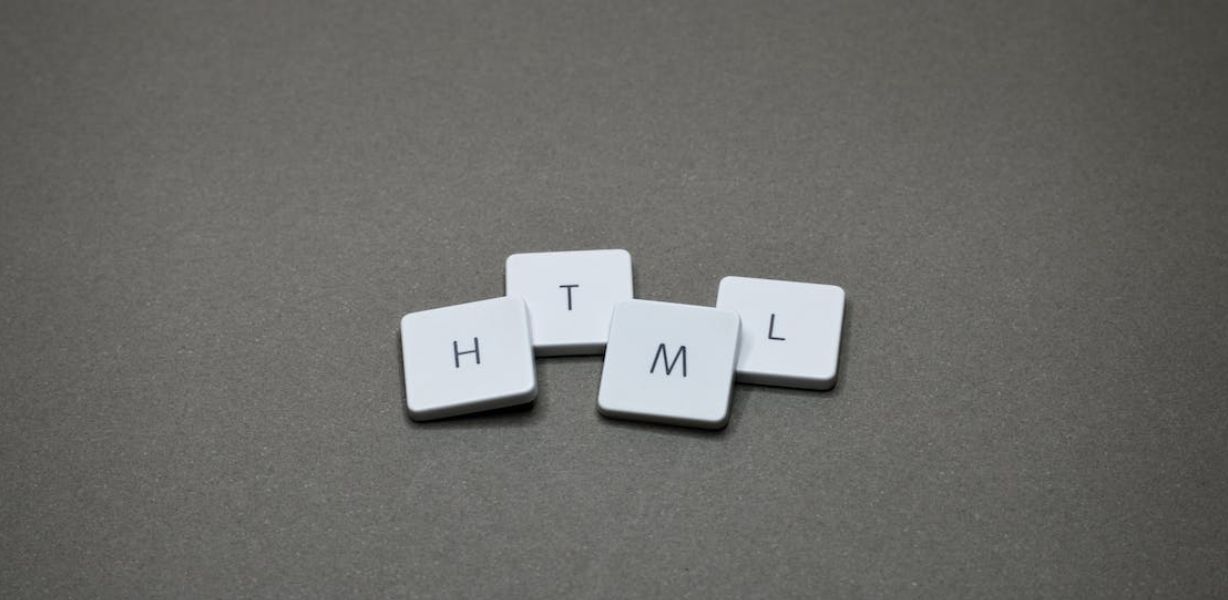Unveil the power of HTML’s palette with vibrant colors and creative design! Explore how HTML’s color options can enhance your website’s visual appeal and user experience. From the enigmatic allure of hex to the dynamic sharpness of RGB, to the creative liberties of HSL, colors are the brushes to your online canvas. Throughout this journey, you’ll reveal the methods for creating mesmerizing websites that enchant visitors with brilliant hues and unforgettable color schemes. Brace yourself to infuse your HTML’s Palette creations with character, allure, and just a splash of color depth.
How Colors Are Represented
In HTML’s Palette, colors operate like hidden ciphers, instructing computers on the precise hue to display on a website. Rather than using terms like “red” or “blue,” we rely on numerical values. These values signify the proportions of red, green, and blue present in a given color, similar to blending different shades of paint to generate a new tone. Each color degree ranges from 0 through 255. Once these figures combine, we’re presented with millions of unique tones. Consequently, we gain the capability to select an ideal tint that renders our websites visually appealing.
Hexadecimal Color Codes
Hexadecimal color codes give an innovative technique to define colors using digits and alphabets. It’s like a unique code that computer-related systems perfectly decode. Hexadecimal codes consist of six elements, ranging between 0 to 9 and A to F. Every duo of these characters stands for the quantity of red, green, and blue in a specific color. For instance, FF0000 means absolute red, 00FF00 symbolizes total green, and 0000FF signifies sheer blue. By blending diverse numbers and letters, we hold the potential to create an infinite variety of colors.
RGB Color Codes
Think of RGB color codes as dials adjusting color hues. Unlike the alphabetical and numerical combination found in hex codes, RGB codes harness three figures ranging from 0 to 255 to determine the brightness of red, green, and blue. For instance, (255, 0, 0) signifies the strength of pure red, (0, 255, 0) symbolizes maximum green, and (0, 0, 255) implies absolute blue. By tinkering with these numbers, we possess the power to render colors either subtle or bold, soft or intense. Picture it as blending various volumes of paint to secure an ideal tint for our web presence.
HSL Color Codes
Codes of HSL colors present a distinct method to define colors, offering us more flexibility. HSL signifies Hue, Saturation, and Lightness. Hue can be related to the variety of color, such as red, green, or blue. Saturation indicates how rich the color is, moving from vibrant to muted. Lightness depicts how illuminated or dark the color is, progressing from sheer white to absolute black. By adjusting these three parameters, we can generate infinite color variations, each bringing a unique mood and feeling to our website.
Adding Hex Colors to HTML
Getting a grasp on color representation allows us to effectively utilize it in our HTML coding. Introducing color into our webpage merely requires inputting the appropriate hex code in our HTML or CSS. To illustrate, for changing a header text to red, we can use Hello World. Embedding hex colors into our HTML enriches our designs with an array of color choices, infusing life into them.
Using RGB Colors
RGB colors serve as enchanting tools, casting a hue of vibrancy on our websites. With RGB, we gain a reign over the distinct levels of red, green, and blue in our color palette. We can fine-tune each element, akin to amplifying the tone of a specific color and suppressing the rest. This versatility gifts us the power to tailor colors that perfectly match our vision. Be it a tender pastel or a striking neon, RGB becomes our reliable ally. By merely inputting the RGB metrics in our HTML or CSS, our designs spring to life, adorned with radiant and attention-grabbing colors.
Exploring HSL Colors
The realm of HSL colors enables a wealth of potential for our webpages. Rather than concentrating on the strength of red, green, and blue as in RGB, HSL permits us to perceive colors via hue, saturation, and lightness aspects. Hue functions akin to the color’s unique character, ranging from a warm-toned red to a crisp blue. Saturation describes the color’s intensity, analogous to the extent of spices we incorporate into our meal. Lightness refers to the color’s brightness or darkness, akin to tweaking the brightness of a light globe. Fiddling with these three components allows us to produce colors that are dynamic, radiant, and teeming with vitality.
Picking the Right Color Code
So which one should we use? Luckily, each color code comes with its strengths and weaknesses depending on what you’re trying to get.
Need some serious control? RGB might be the one for you.
Looking for flexibility and creativity? HSL might be your choice.
Keeping it simple? Hex codes have your back.
So really, it depends on what your design goals are, and which colors you’re looking to use on your site.

Tips for Colorful Websites
Building lively websites is thrilling, yet it’s pivotal to take into account accessibility and user interaction. Picking colors that are not simply eye-catching but are also discernible to all, including those affected by visual impairments is essential. One reliable method to assure accessibility is by evaluating the color contrast ratio amidst our text and background hues. Online tools can help us determine whether our color choices adhere to the WCAG (Web Content Accessibility Guidelines) standards. In addition, we ought to refrain from using excessive bright or clashing colors on the site, as this might be disruptive for the users. Adhering to these guidelines will assist in crafting websites that are not just visually pleasing but welcoming to everyone.
Conclusion.
Unlocking the skill of color manipulation in HTML‘s Palette feels like discovering a goldmine of artistic potential. Grasping the concepts of hexadecimal, RGB, and HSL color models hands us the power to change our web pages into eye-catching works of art. Whether we crave a muted appeal or something flamboyant, these color blueprints allow us to breathe life into our design concepts. However, this artistic liberty also strings along the obligation to marry our creative dream with ease of use and user experience. Adhering to norms and recommendations guarantees that our color-intensive layouts are welcoming and user-friendly for all. Let’s continue our journey of exploring, trying out, and revolutionizing with hues to refine web design, pixel by pixel.
